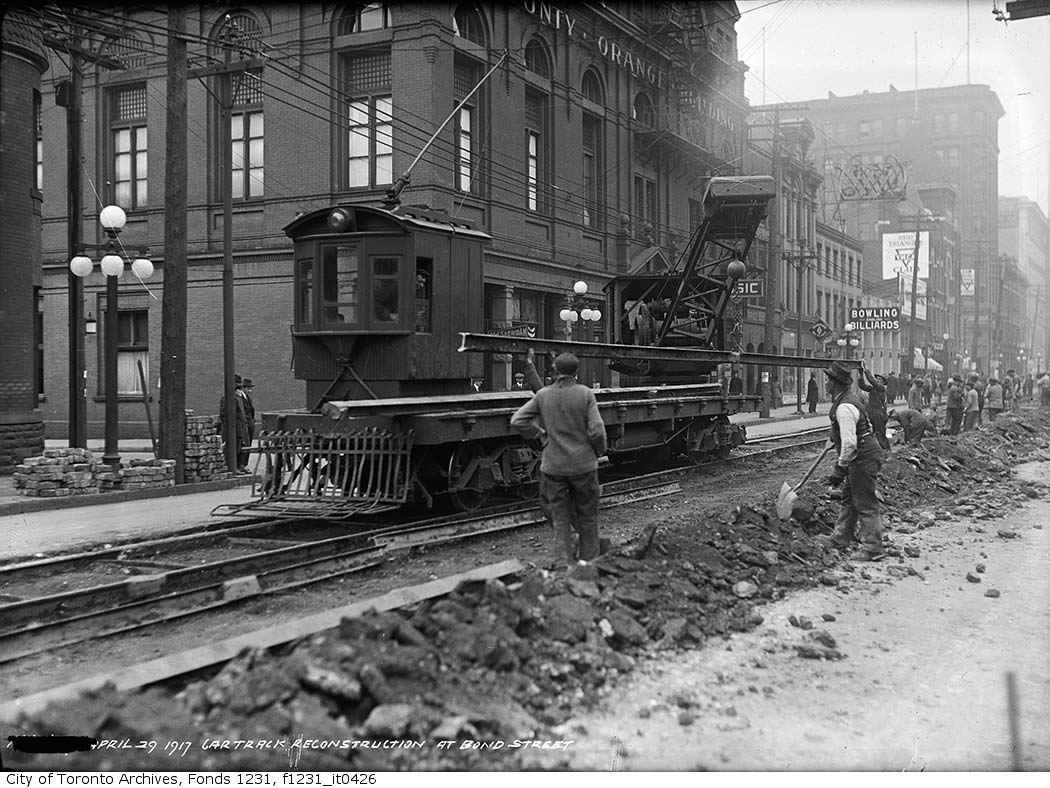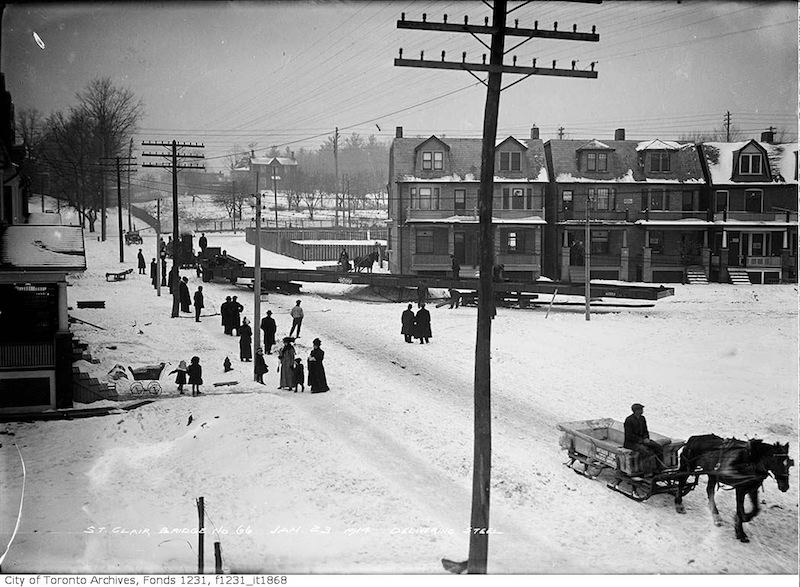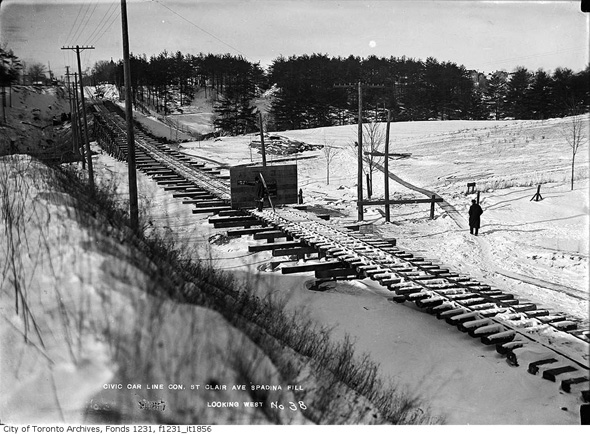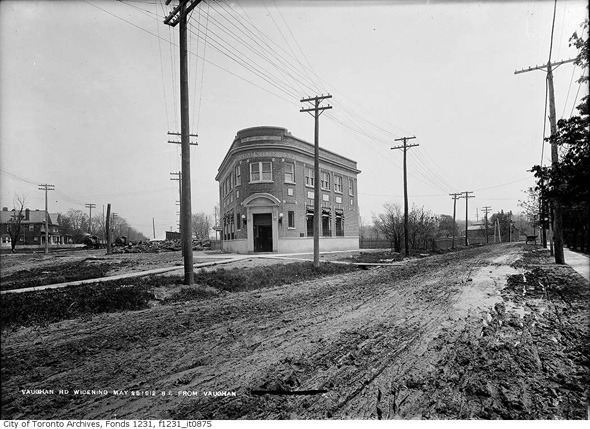lenaitch
Senior Member
I don't have many memories from youth. I lived for the first few years near the old Danforth yards and my grandfather worked there in some capacity. I only have one memory of a steam locomotive in line service from visiting an aunt who lived on a street that dead-ended against the tracks in the area of Coxwell. I then moved to Willowdale which was pretty sterile fairly new suburbia. I do recall the York Sub. going in.
But that's how cities and their industries become developed around the world in the days of rain and sail - from the core out, and the convergence of rail and marine transportation is also traditional and common. The days when 'industry' and 'manufacturing' were heavy, labour- intensive and often dirty (remember the stockyards on Keele?) I agree that leaving a connection to the roundhouse was a missed opportunity. At least they kept the roundhouse.
I do miss a lot of the old city - the low rise streetscape of Yonge between Finch and Sheppard, unmanaged valley lands that made youth somewhat of a survival course (we used to catch fish in the Don in what is now G. Ross Lord Park. RCAF Station Downsview with actual fighter jets! But growth demanded change and the economy itself changed. I do believe: however, future residents, urbanologists and historians will question the wisdom of buildings with a virtually complete glass facade. I am convinced that will come back to haunt.
As but one example, there were better uses for much of the land than railway yards; but it was an unfortunate decision not to leave connecting track between the mainline and the roundhouse.
But that's how cities and their industries become developed around the world in the days of rain and sail - from the core out, and the convergence of rail and marine transportation is also traditional and common. The days when 'industry' and 'manufacturing' were heavy, labour- intensive and often dirty (remember the stockyards on Keele?) I agree that leaving a connection to the roundhouse was a missed opportunity. At least they kept the roundhouse.
I do miss a lot of the old city - the low rise streetscape of Yonge between Finch and Sheppard, unmanaged valley lands that made youth somewhat of a survival course (we used to catch fish in the Don in what is now G. Ross Lord Park. RCAF Station Downsview with actual fighter jets! But growth demanded change and the economy itself changed. I do believe: however, future residents, urbanologists and historians will question the wisdom of buildings with a virtually complete glass facade. I am convinced that will come back to haunt.


















